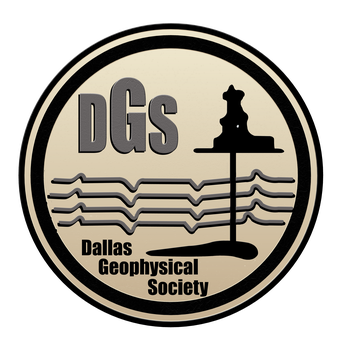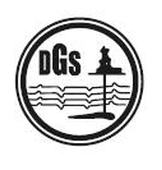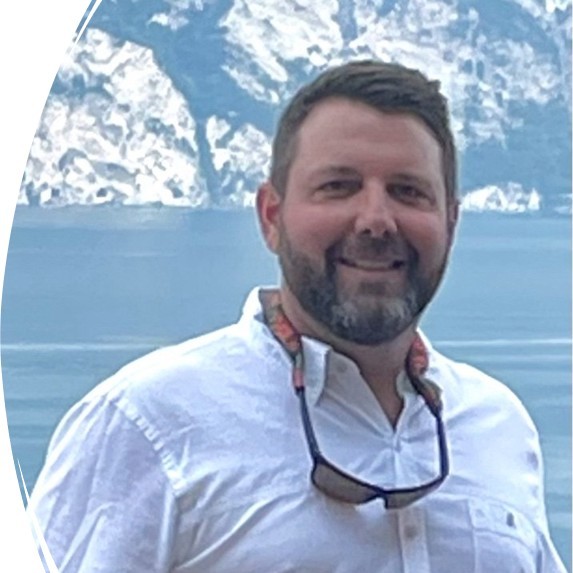April Technical Talk- Trevor Richards: "Novel CCS Monitoring of Approved Class VI Storage in North Dakota"
Event Details
Please join us for our April Technical Talk and Happy hour! Big thank you to Exxon for letting us use the new venue.
Logistics:
Location address: 5851 Legacy Circle, Suite 1200. Plano, TX 75024. In the boardroom of Exxon Denbury. There is visitor parking just north of the building on the ground level.All visitors should take to lobby elevators to check in with reception to get a visitors pass.
ABSTRACT:
The Energy & Environmental Research Center (EERC) at the University of North Dakota has led research efforts to demonstrate novel and sustainable carbon storage-monitoring methods at multiple commercial-scale (i.e., >1 million tonnes of carbon dioxide sequestered annually) carbon capture and storage (CCS) sites. Research with our project partners, which has received support from the U.S. Department of Energy (DOE) and Plains CO2 Reduction (PCOR) Partnership, is aligned with DOE’s goal to advance monitoring technology for CO2 plume tracking and leakage (assurance) monitoring as well as the mission of the PCOR Partnership, a government–industry consortium with over 200 members, to accelerate deployment of commercial-scale carbon capture, utilization, and storage (CCUS) technologies.
The EERC has conducted field testing associated with its scalable, automated, sparse seismic array (SASSA) technology at a permitted CCS site supported by the PCOR Partnership. A sparse surface array of seismic nodes was deployed around the project site coupled with static seismic sources recorded at multiple azimuths and distances around the injection well for tracking the injected CO2 plume within the target zone (i.e., storage reservoir). SASSA technology provides a low-impact, semiautonomous solution to conducting seismic survey work. Initial processing of the results indicates satisfactory signal to noise within the storage reservoir.
Additional methods currently being tested include electromagnetic (EM) surveys to detect saturation changes through electrical resistivity measurements of the near-surface and at-reservoir depths, shallow nuclear magnetic resonance (NMR) logging, passively recorded patch of three-component (3C) seismic sensors, regional maximum horizontal stress (SHmax), two-dimensional (2D) accelerated weight drop seismic with high-density spacing in a radial pattern around CO2 injection, and installation of an integrated modular system for continuous monitoring of seismicity, groundwater, and soil gas.
This high-level overview of focuses on novel and sustainable monitoring methods at various stages of planning or demonstration to accelerate the deployment at future CCUS sites.
As the EERC continues toward the goal of demonstrating commercial readiness of these methods, we welcome this opportunity to share our knowledge and lessons learned and generate discussion for improvement on workflows to implement low-impact and more sustainable monitoring solutions.
Speaker Bio:
Trevor L. Richards is the Assistant Director for Geophysics at the EERC, where he works with a multidisciplinary team of scientists, engineers, business professionals, and project partners to solve challenges related to incremental oil recovery, unconventional oil recovery, and CO2 capture, utilization, and geologic storage. He holds an M.S. degree in Geophysics and a B.S. degree in Geology from the University of Texas at Dallas. Prior to his position at the EERC, Mr. Richards served as a Geophysical Advisor at Chesapeake Energy.
Mr. Richards’ principal areas of interest include exploring efficiencies in seismic planning, acquisition, and design and investigating utilization of the latest technologies for improving development and appraisal of conventional and unconventional targets. His areas of expertise include dynamic reservoir management, surveillance of enhanced oil recovery and characterization and monitoring associated with carbon capture, utilization, and geologic storage projects; implementing time-lapse geophysics; and improving application and integration of seismic for reservoir characterization.
He has authored or coauthored numerous professional publications. He is currently serving as president of the Dallas Geophysical Society.

When
Location
- 5851 Legacy Cir #1200, Plano, TX 75024, USA




